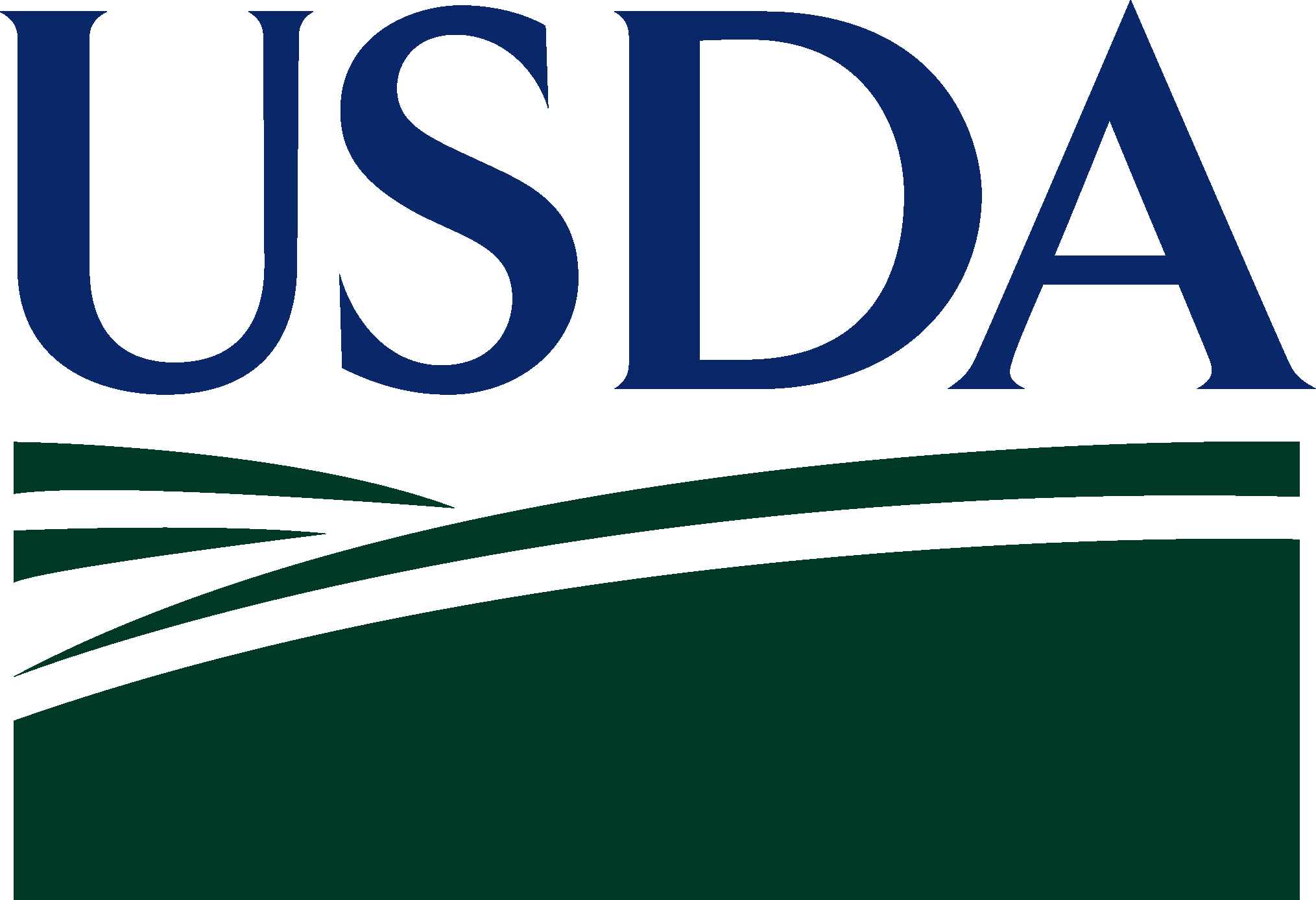NAHMS 334 Parasite Fecal Collection Instructions
Equine 2015 Study
NAHMS 334 Equine Fecal Parasite CER - Instructions 8.11.2014
Equine 2015 Study
OMB: 0579-0269

NAHMS
Equine 2015
PARASITE
FECAL
Collection
Instructions
National
Animal Health Monitoring System
2150
Centre Ave, Bldg B
Fort
Collins, CO 80526
Form
Approved
OMB
Number 0579-0269
EXP.
DATE: XX/20XX


Animal and Plant
Health Inspection
Service
Veterinary
Services
Thank you for participating in the NAHMS Equine 2015 study and for taking time to sample your equids for parasite testing.
In order for the test results to be accurate and of value to you, please be sure to review all the materials and to follow collection and shipping instructions carefully. Your confidential results will be mailed to you when testing is completed.
Test results: The parasite burden for both pre and post deworming samples will be reported as egg counts (or eggs per gram of feces). The postdeworming test results when compared with the predeworming test results will indicate the effectiveness of the deworming program.
Each kit contains (you will receive two kits, one per sampling):
1 shipping box, ice pack, and absorbent sheet
2 pairs of gloves (provided for your protection)
8 whirlpac bags (1 per sample plus 2 extra – just in case)
1 large ziplock bag (place all bagged samples in this bag)
Ball point pen
Paperwork:
Collection instructions
Data collection forms for pre- or postdeworming (3-part carbonless paper)
Labels for samples
One postage-paid business reply envelope addressed to the NAHMS program
One pre-paid FedEx Priority Overnight label for shipping samples to the lab
The data collection forms are on three-part carbonless paper. Please write firmly with a ball point pen and make sure the information appears clearly on all three copies.
Farm ID: If this number is not prefilled on each form, please add it to each form. This number was provided to you by the NAHMS representative in the documents you received during the on-farm interview.
Kit number: This number is printed on a white label on the outside of each kit box and is also printed on all the sample labels. This number must be included and readable on all the copies of the data collection forms and on each of the samples.
If you are missing any supplies or need additional supplies, please contact Camilla Kristensen at 970–494–7323 or send an email to [email protected].


According to the Paperwork Reduction Act of 1995, an agency may not conduct or sponsor, and a person is not required to respond to, a collection of information unless it displays a valid OMB control number. The valid OMB control number for this information collection is 0579-0269. The time required to complete this information collection is estimated to average 2 hours per response, including the time for reviewing instructions, searching existing data sources, gathering and maintaining the data needed, and completing and reviewing the collection of information.
NAHMS-334
July 2014
Timing and Collection
Prior to 1st sample collection:
Select up to 6 equids that you are planning to deworm and that have not been on daily dewormer.
The sampled equids should have had access to pasture or hand grazing in the previous 30 days.
No deworming treatments must have been given in the previous 60 days.
Freeze ice packs ahead of time.
First sample collection – prior to deworming
Sample up to 6 equids. Administer dewormer up to 48 hours after collecting the 1st sample.
ALL sampled horses must be treated with dewormer.
Second sample collection: 10 to 14 days after deworming
Collect the 2nd sample 10 to 14 days after deworming treatment.
Samples must be collected from the same horses that were sampled prior to deworming.
Collection instructions
Video with instructions for collecting manure samples for fecal egg count:
http://www.equineguelph.ca/videos.php (or http://youtu.be/gxTWIz8i4e4)
Sample collection
Place labels on whirlpak bags. Write farm ID and animal name/unique ID and sample number on each label.
Turn a whirlpak bag inside out over your hand (wear provided gloves for your protection).
Pick up a small handful of fresh fecal material from the top of the pile to prevent contamination from the ground.
Turn the bag right side out with your other hand.
Squeeze extra air out of the bag and close firmly to prevent leakage.
Place all the labeled sample bags inside the large Ziploc bag, squeeze out extra air, and close firmly to prevent leakage. Place a label with kit number/farm ID on the Ziploc bag.
Refrigerate samples or keep cooled with ice packs for up to 72 hours (3 days).
Do not freeze the samples.
Paperwork
Complete the data collection form for each horse sampled.
Please write firmly with a ball point pen. Make sure the information appears clearly on all three copies.
Mail the white copy of the data collection form to NAHMS in the enclosed envelope.
Keep the pink copy for your records (you will need it to complete the post-deworming record and to compare pre- and post-deworming results).
Shipping
Place the yellow copy on top of the styrofoam lid and ship with the samples to the lab.
Ship samples within 72 hours via FedEx Priority Overnight using the enclosed label.
Ship on Monday through Wednesday only. No shipping Thursday through Saturday.
The lab cannot receive samples Friday through Sunday.
Contact
FedEx to locate a nearby drop-off location that accepts Priority
Overnight packages.
1–800–gofedex (1–800–463–3339)
or www.fedex.com
| File Type | application/vnd.openxmlformats-officedocument.wordprocessingml.document |
| File Title | pasture.PDF |
| Author | Unknown |
| File Modified | 0000-00-00 |
| File Created | 2021-01-26 |
© 2026 OMB.report | Privacy Policy